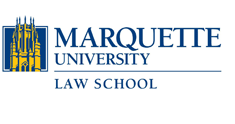Abstract
There are approximately 20,000 patents involving genes. For example, “[n]ine patents have been applied for on the genes which determine your eyeball, 40 on those for your heart, and no fewer than 152 on a single grain of rice.” However, scholars and practitioners often question the scope and validity of gene patents on the grounds that genes are so essential for any being and so important to basic research that it is unethical to grant a private monopoly on them and that gene patents may hinder important research.
These arguments against gene patents generally aim to overturn court precedent or to advocate new legislation. This Note aims to reevaluate the validity and the scope of gene patents under a decision by the United States Supreme Court in 2007—KSR Int’l Co. v. Teleflex Inc.
In KSR, the Court analyzed the tests for an important requirement for patentability—the nonobviousness requirement. This decision effectively encourages challenges to patent validity based on nonobviousness; cases that raised a nonobviousness challenge nearly doubled in 2008, compared to the number of the cases from the three previous years. Furthermore, KSR seems to make it harder for a patent to survive a nonobviousness challenge; in cases that raised a nonobviousness challenge, 30% fewer patentees prevailed in 2008, compared to those that prevailed over the three previous years. This Note focuses on the effect of the KSR decision on a specific class of patents: gene patents.
Repository Citation
Ying Pan,
A Post-KSR Consideration of Gene Patents: The "Obvious to Try" Standard Limits the Patentability of Genes,
93 Marq. L. Rev. 285
(2009).
Available at: https://scholarship.law.marquette.edu/mulr/vol93/iss1/17
